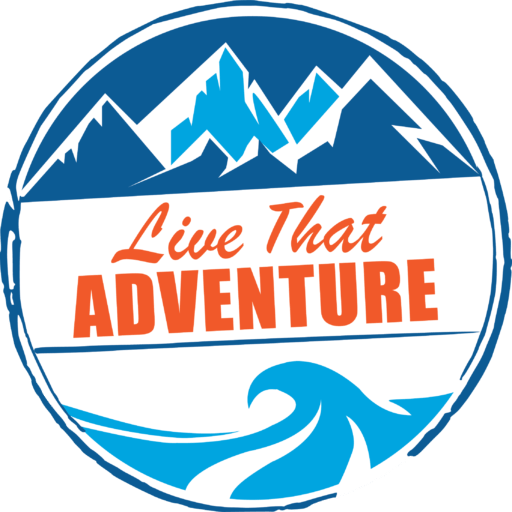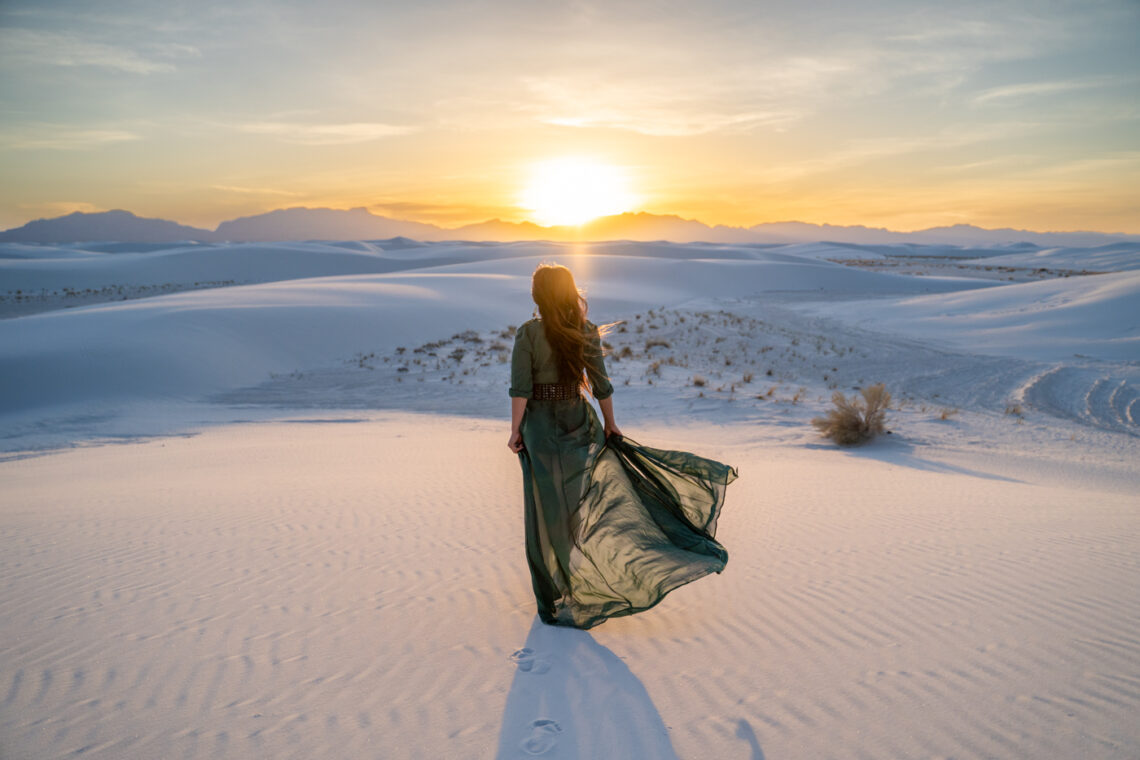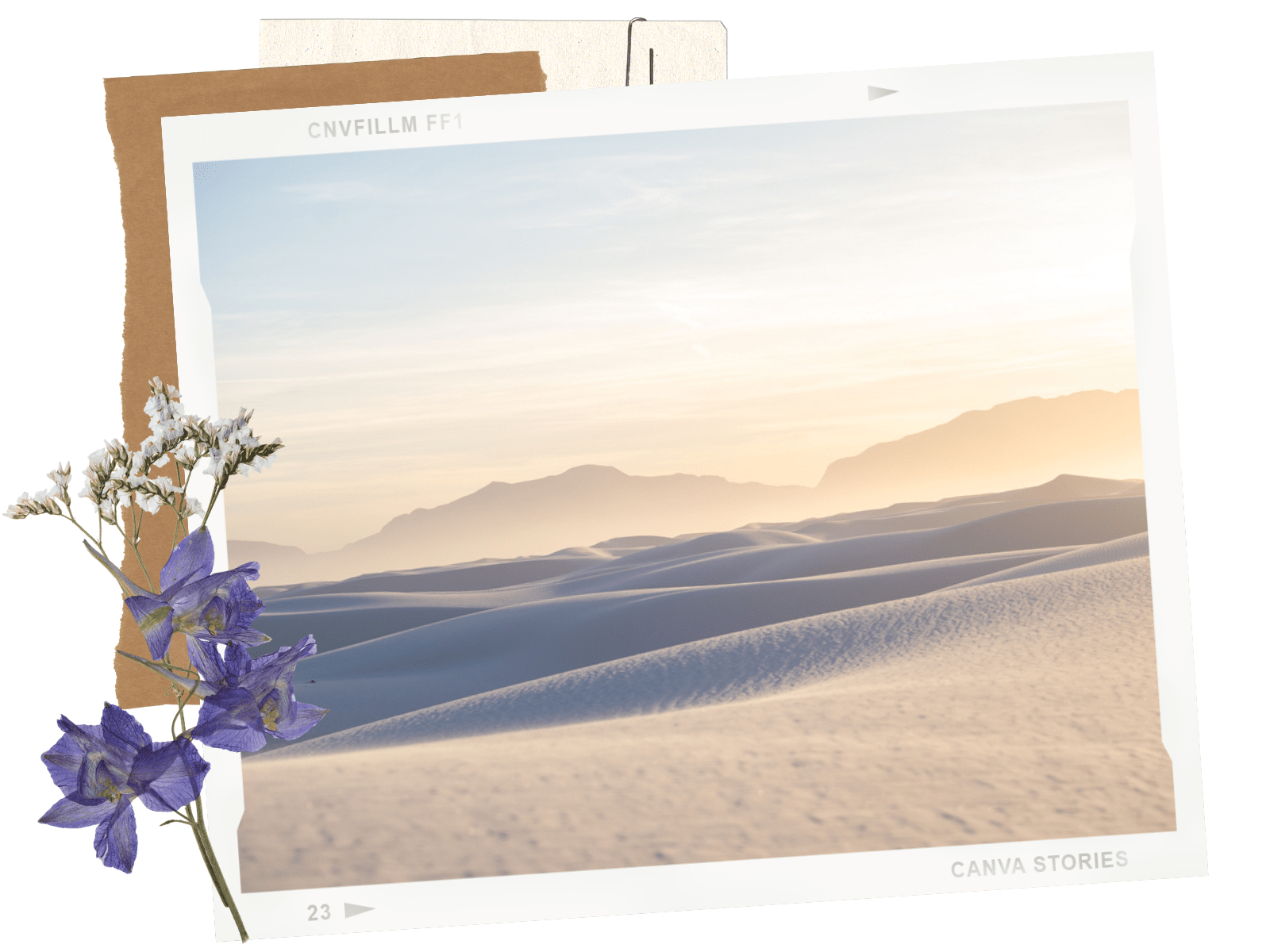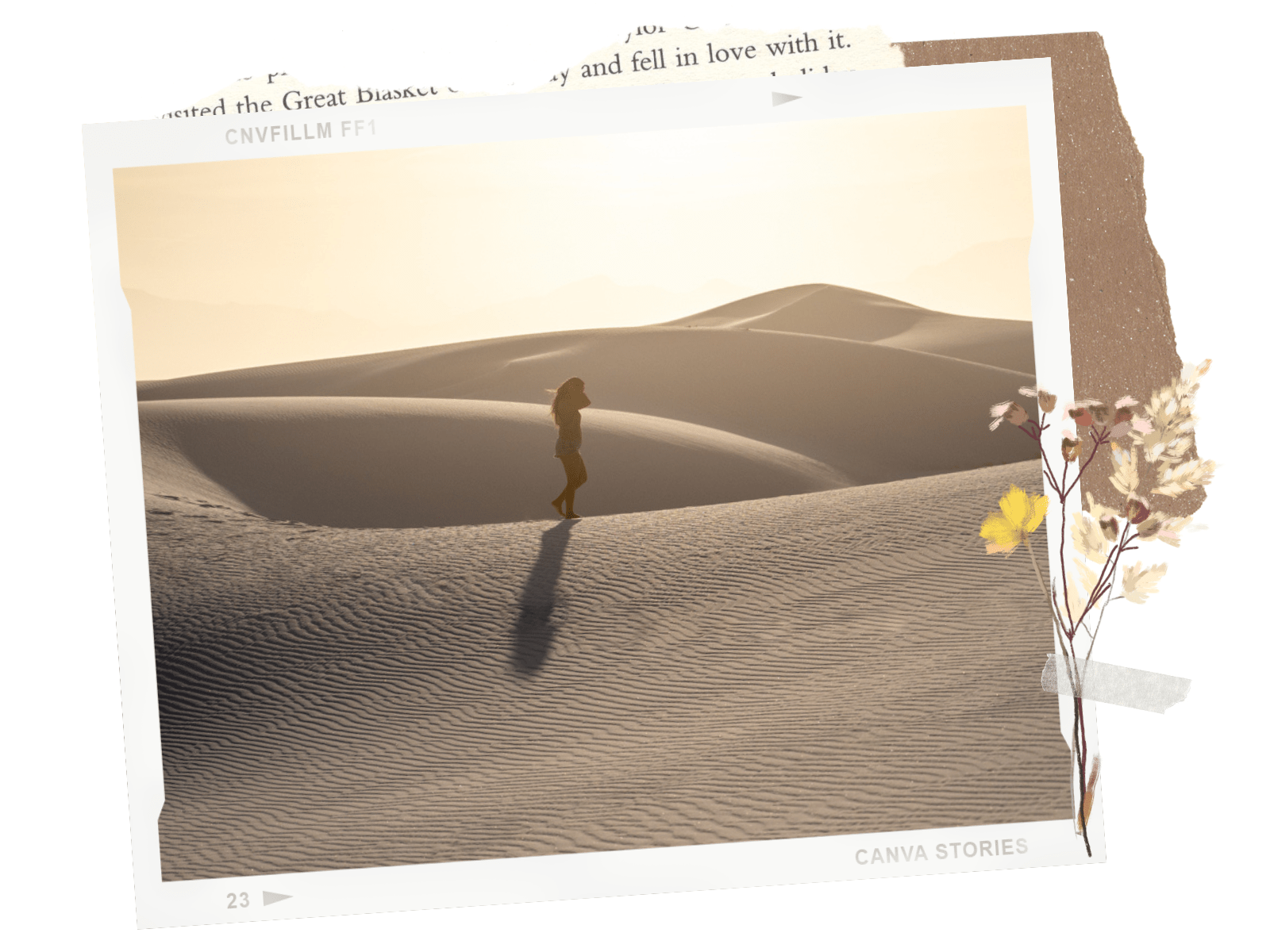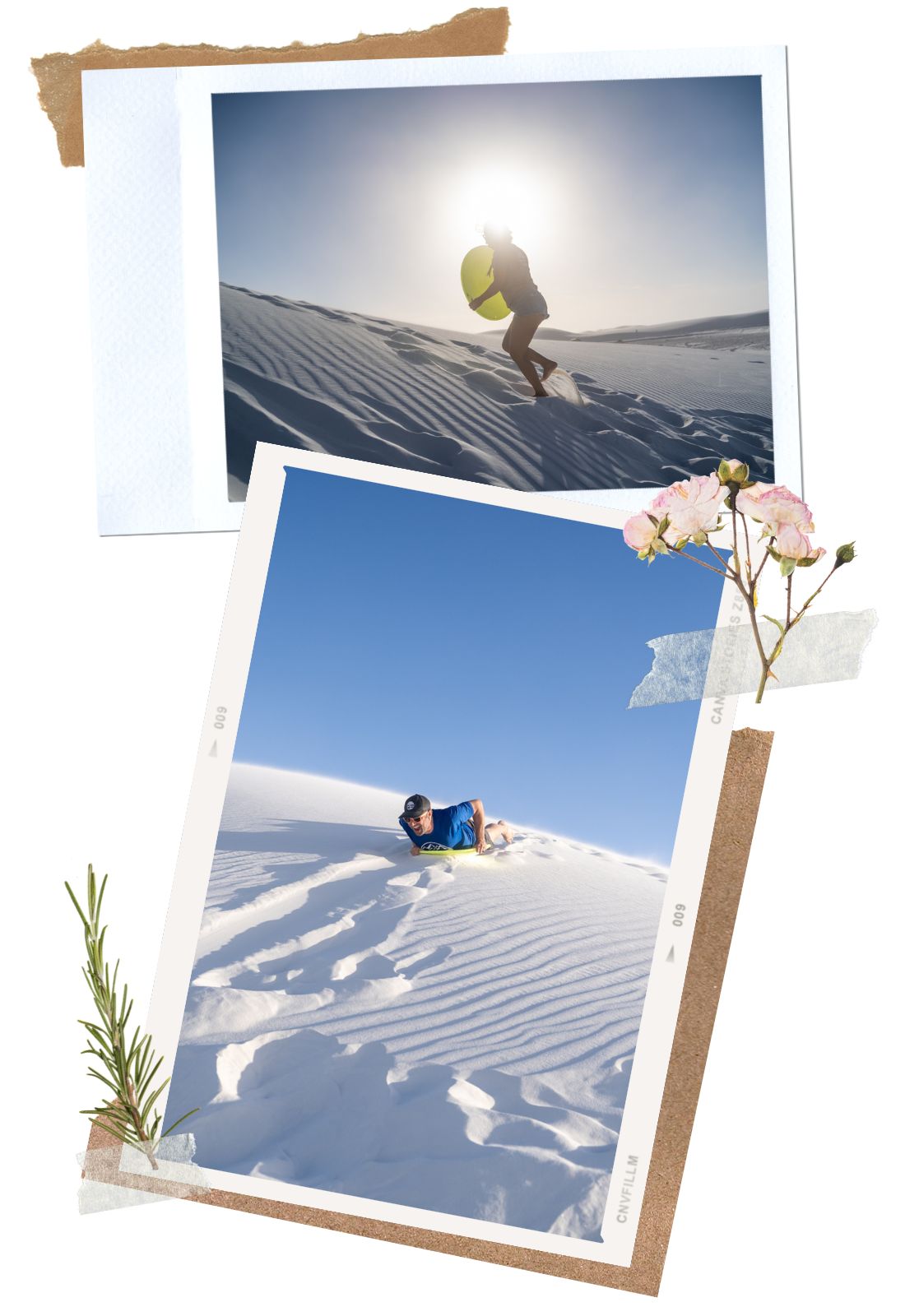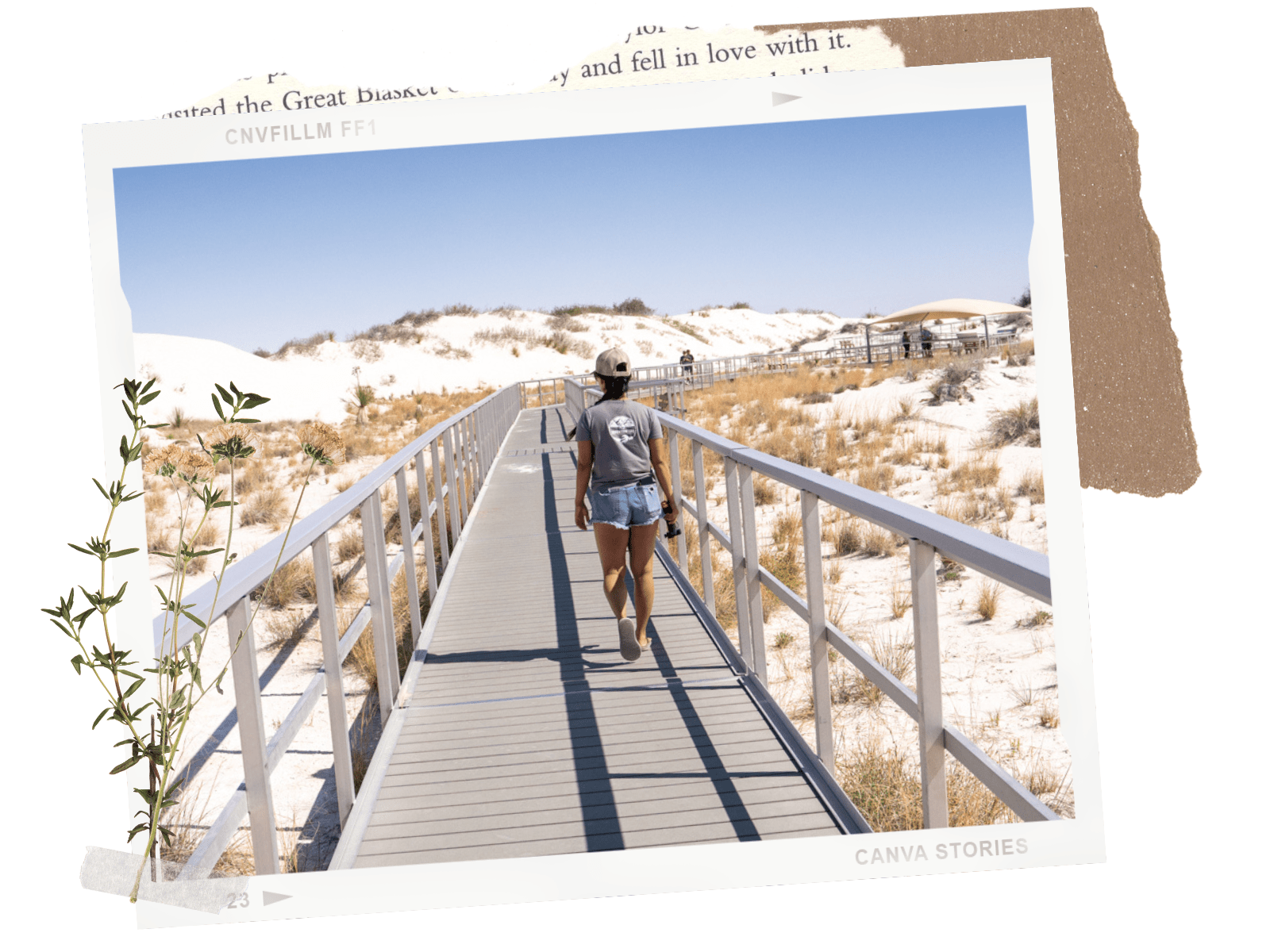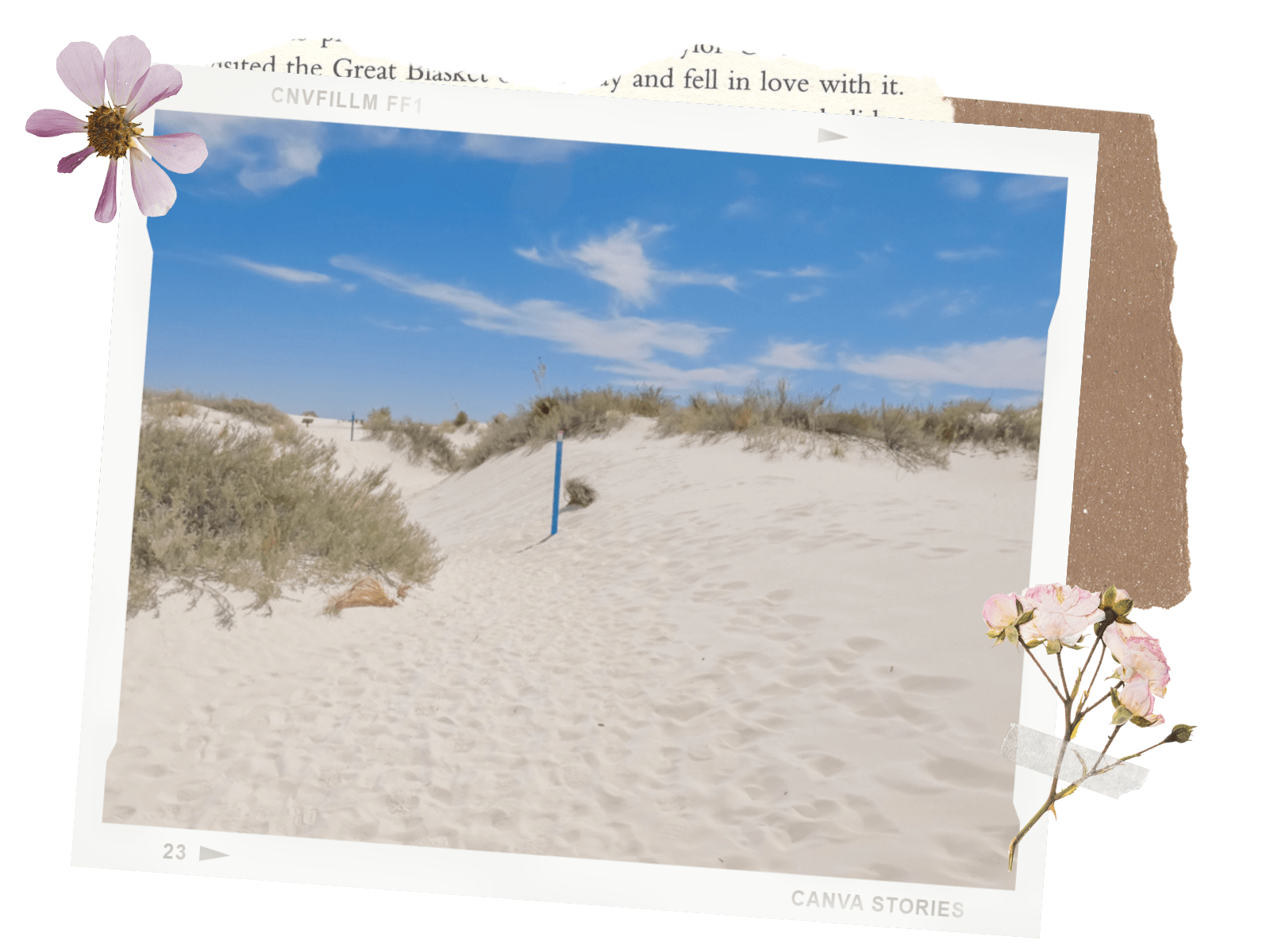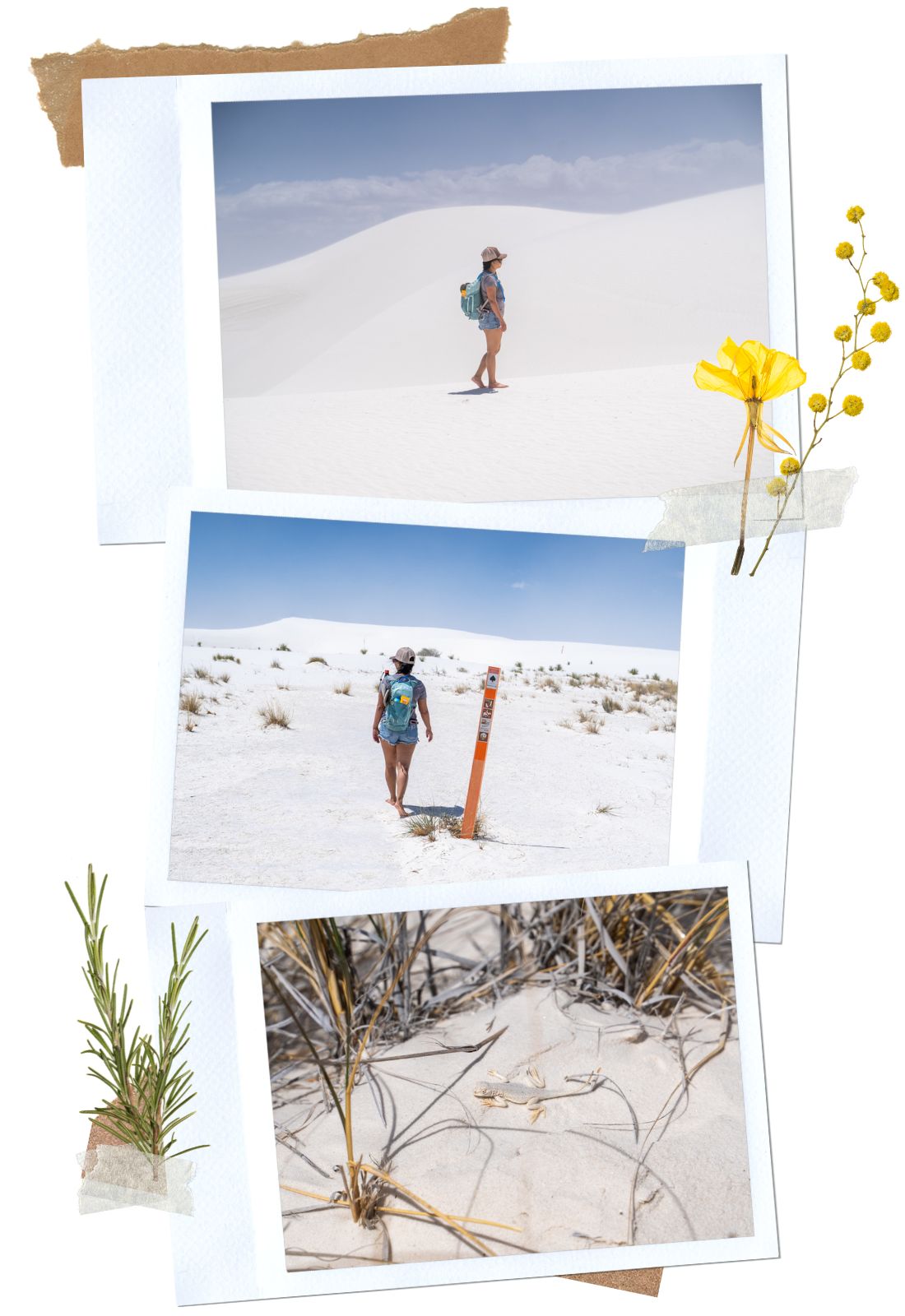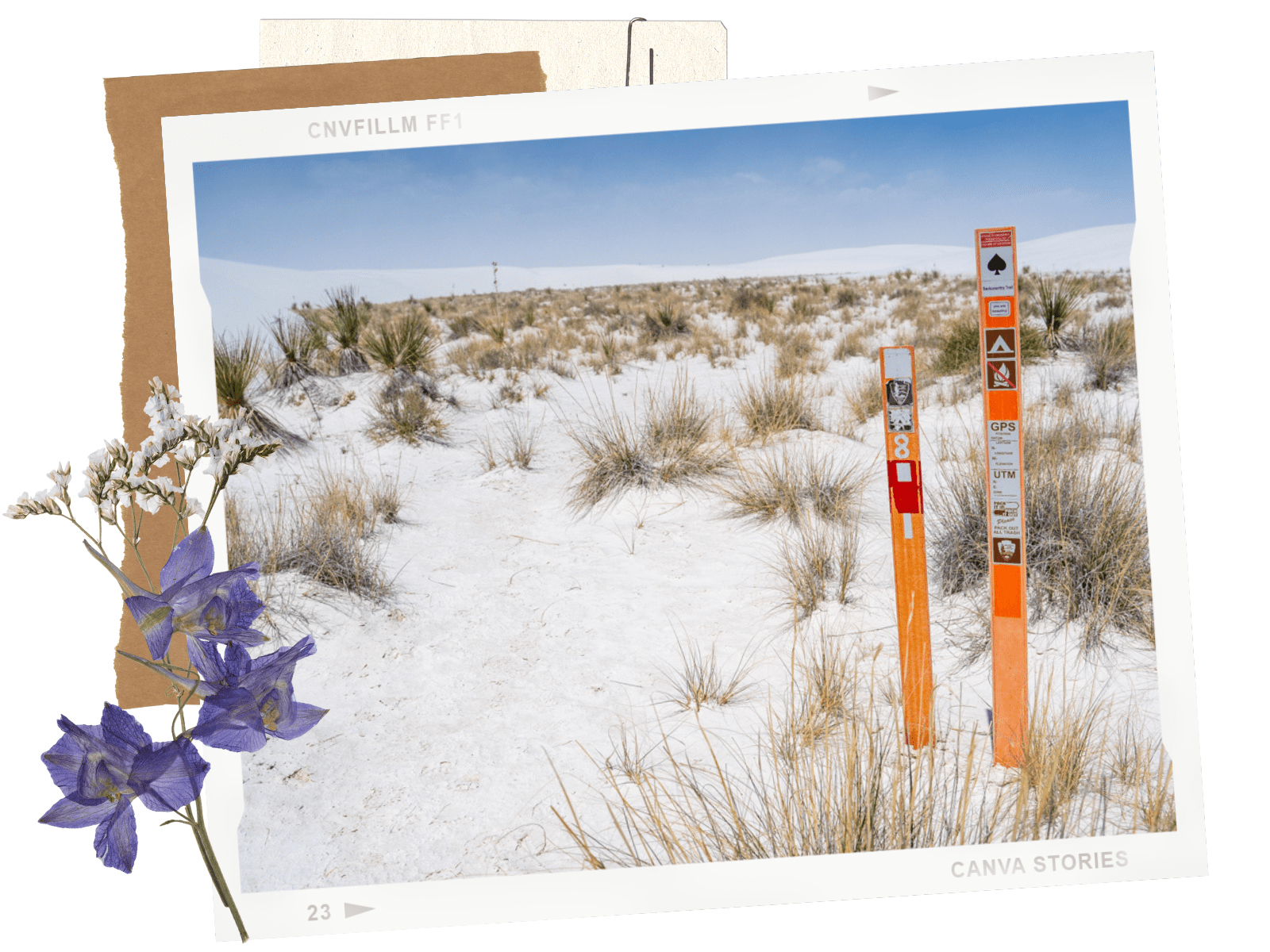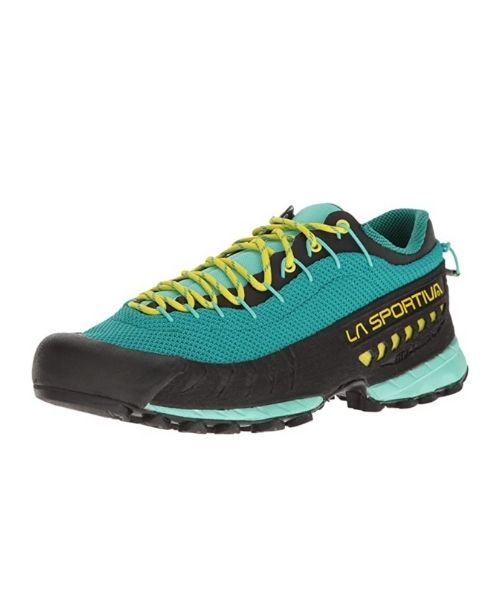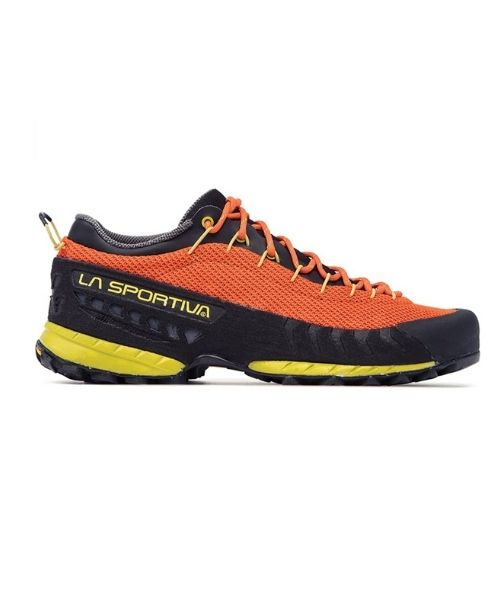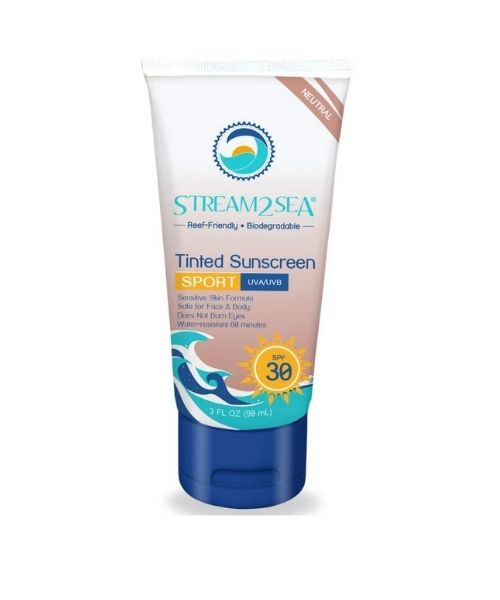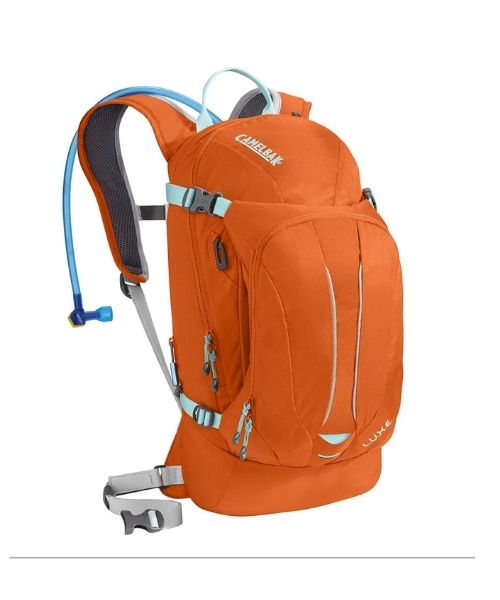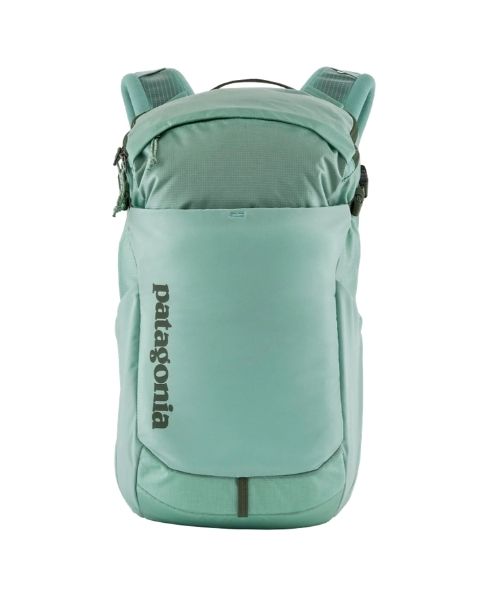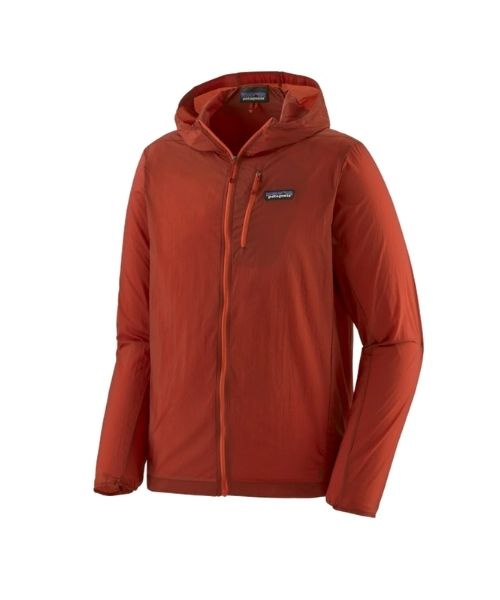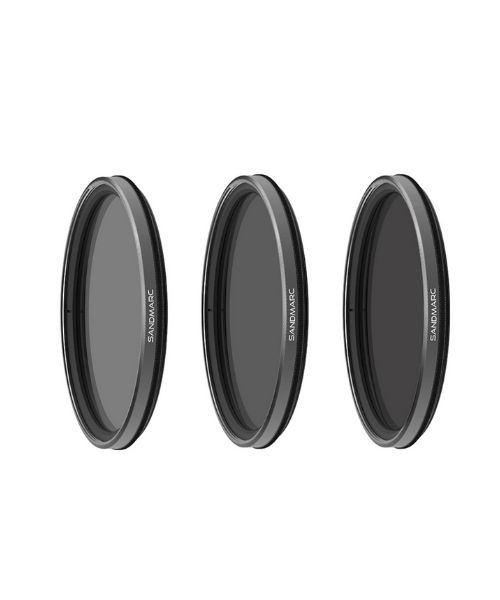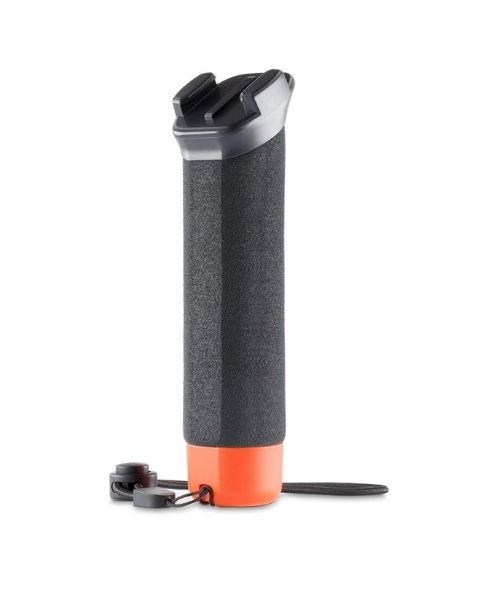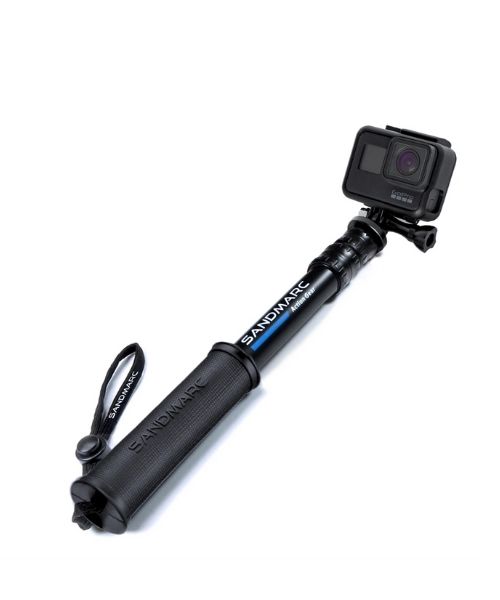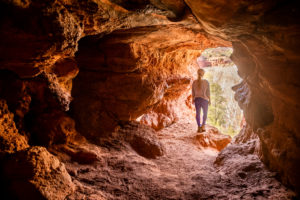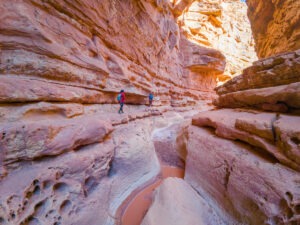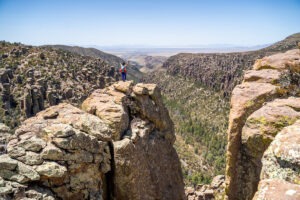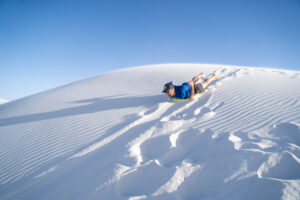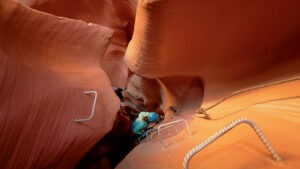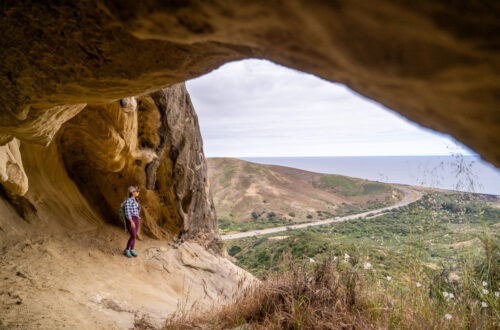White Sands National Park in New Mexico has been on our radars for quite some time before we had a chance to visit it. Even though we have been to a few dunes throughout the United States, this particular park is quite unforgettable for us. The white sand dunes are like nothing we’ve ever seen before. There is something about the brilliant white sands sparkling under the sun, yet softening under the warm glow of sunset. We also love how cool and soft that sand ALWAYS feels, so much so that we hiked barefoot on the sand. If you haven’t been here before, we highly recommend visiting White Sands National Park. Just in case you need help planning, we put together an ultimate guide to visit this gorgeous park.
Video

About White Sands National Park
White Sands is one of the “younger” National Parks since it only got its “National Park” status in 2019. This whole area dates back to the Ice Age, once covered under the prehistoric sea. It is now an arid desert with sparkling white sand made up of gypsum. The gypsum is what gives the sand here its unique white color and also keeps the sand soft and cool, even when it’s hot out. White Sands National Park is the largest gypsum dune field in the world, covering over 275 square miles, with the National Park protecting almost half of the dunes.
Ironically, this picturesque place is surrounded by the White Sands Missile Range and the Holloman Air Force Base. They sometimes do missile testing here, therefore, always make sure to check for road closures before visiting.

Where is White Sands National Park Located?
White Sands National Park is located in the Chihuahuan Desert, in southern New Mexico. It is kind of the middle of nowhere with the closest “big” cities being El Paso, Texas (1.5 hours away) and Albuquerque, New Mexico (3.5 hours away). Even though it is not that close to big cities, there are still many other things to see around, besides the park itself. We had a wonderful time on our road trip from San Diego, California to Carlsbad Cavern National Park in New Mexico. If you’re driving along that way, don’t forget to stop by Chiricahua, one of the most underrated National Monuments!

When is the Best Time to Visit White Sands National Park
Most people have their own opinions of what is the best time to visit White Sands National Park, however, we prefer visiting here in the Spring, since the weather seems to be the best. We’ll put the reasons for each season below so you can make your own decisions.
- November – February: It gets cold here, especially early morning or nighttime, where temperatures can drop below freezing. Make sure to wear tons of layers if you’re visiting.
- February-May: Springtime here also means Windy Season! Although the temperature is pleasant, you will have to deal with sand storms. When the wind is over 25/30 mph, it’s a white-out condition, which means you can’t see much in front of you. This makes hiking dangerous. Do not hike out during a windstorm.
- May-August: This is the hottest time of the year at White Sands National Park, with June and July being the hottest months. The temperature could get over 100°F. With minimal shade and the sun reflecting off the white sand, it can get very warm. We don’t recommend starting a hike if the temperature is at or above 85°F (30°C).
- July – September: This is the Monsoon season. During this time, storms can build up quickly. Even if there’s no rain, lightning might still occur during thunderstorms. If there is rain in the forecast, do not hike. If you’re in the dune field during a lightning storm, take cover in a solid closed-door building such as restroom or inside your car. If you’re not near any of the shelters, squat low to the ground, place your hands over your ears, and keep your head between your knees.

Safety and Visiting Tips
Is it Free to Visit?
There is an entry fee of $25/vehicle to enter White Sands National Park which is good for up to 7 days. If you have an annual park pass such as America The Beautiful, or the park’s annual pass, you can get in for free.
What Are the Opening Hours?
Unlike many National Parks that are open 24 hours, White Sands National Park opens every day at 7 am and closes 30 minutes after local sunset. The local sunset is 8 minutes earlier than Alamogordo’s predicted sunset.
How Much Time Should You Spend at White Sands National Park?
In our opinion, a weekend, or 2 full days would be sufficient time to spend here. This will give you enough time to explore the inner park and experience the gorgeous sunset here. You could do this park in one day, but that would feel a bit rushed.

Where to Stay?
The closest town to White Sands National Park is Alamogordo, and Las Cruces is the second closest. Las Cruces is a larger city. Both of these cities have affordable motel chains, B&Bs, cabins, and lodges. You can pick your choice of accommodations depending on your budget.
If you prefer to camp, there are RV and tent camping options outside the park such as the private campsite KOA Journey in Alamogordo. The closest public campgrounds are Oliver Lee State Park, about 24 miles (39 km) southeast, and Aguirre Springs Recreation Area, about 39 miles (63 km) southwest. There are no campgrounds inside the park. However, there is a backcountry camping option if you’re up for that. Unfortunately, it is closed at the moment for rehabilitation.
Are Pets Allowed?
White Sands National Park is one of the most pet-friendly parks. Pets are allowed, however, they have to be on a leash at all times. They also cannot be left unattended. If you bring your pets, please make sure to pick up after them!
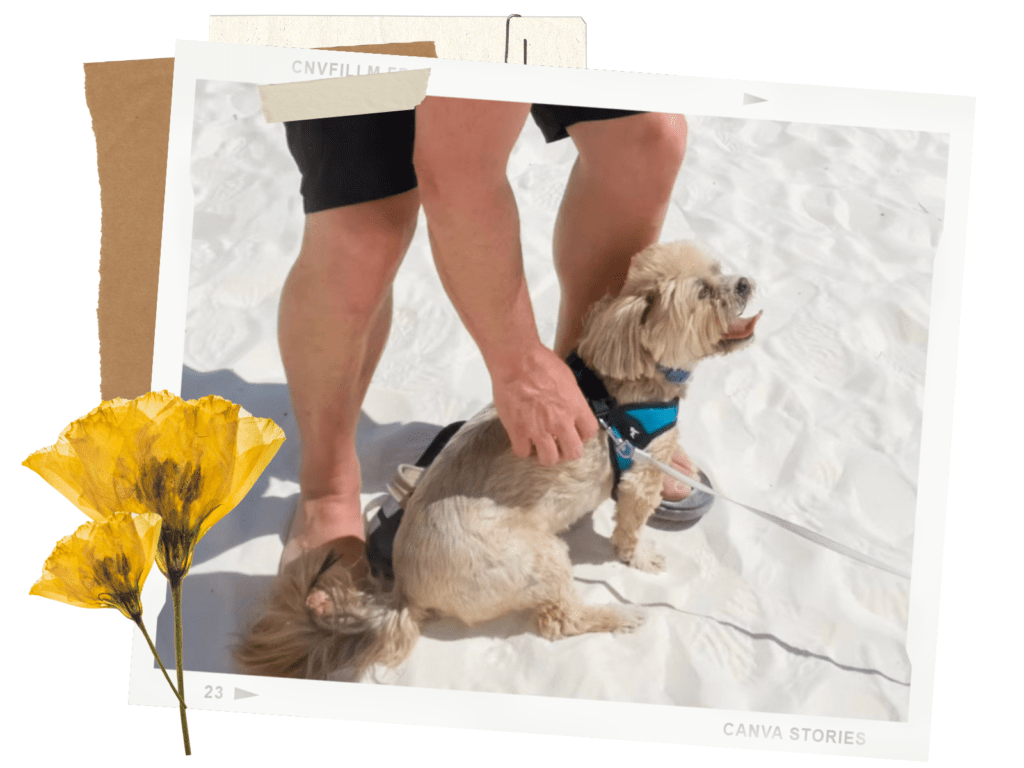
Safety Tips
White Sands National Park is a little bit different than your typical parks, as far as safety goes. There are a few that you need to keep in mind while visiting.
- It is easy to get lost here, especially when you’re wandering around the dunes hiking to look for the best spots to photograph. Everything looks the same, especially during windy days. You can’t track your footprints back either because they can get erased within minutes. We came across a windstorm in the middle of our hike, besides not being able to see much, everything around also looked the same. It was quite tricky to find our way back.
- Make sure to follow established trail markers into the dunes if possible. And never hike alone!
- Always bring food, water, and sunscreen! especially in the summer. Since there is no shade on the dune fields, it can get very toasty out. Make sure you constantly stay hydrated.
- Wear sunglasses! Just like in the snow, the sun can reflect off the white sands into your eyes. It gets very bright out.

Things to Do at White Sands National Park
Sledding
Sledding is a unique way to spend your time at White Sands National Park. And it’s so much fun for both kids and adults! You can either bring your own or purchase a sled at the visitor center. There are many options throughout the park for sledding. Just make sure to stay off the road, away from oncoming vehicles and plants. For in-depth info, check out our blog about Sledding at White Sands National Park.

Hiking
To fully appreciate the beauty of White Sands National Park, you need to hike into the rolling dunes. There are 5 official hiking trails here, but you can always choose your own adventure. If you decide to make your own path, please remember that it is very easy to get lost among the dunes. Don’t go alone, always let someone who is not hiking with you know your itinerary, and bring a personal tracking device such as the Garmin InReach.
Interdune Boardwalk
Distance: 0.4 mile R.T. | Elevation Gain: Flat | Level: Easy | Time: 15-30 minutes
This is the only accessible trail in the park. Interdune Boardwalk is an easy walk on an elevated boardwalk above the interdune. This trail is quite educational as you can learn more about the park.
Playa Trail
Distance: 0.4 mi R.T. | Elevation Gain: 52 ft | Level: Easy | Time: 15 mins
This trail is an easy half a mile through the playa, marked with green markers. We didn’t do this hike but most people claim that this is their least favorite trail.
Dune Life Nature Trail
Distance: 1.1 miles loop | Elevation Gain: 120 ft | Level: Easy to moderate | Time: 30-60 minutes
Dune Life Nature Trail is marked with blue trail markers, about 1.1 miles loop through the dunes. Since it’s toward the beginning of the park entrance, there is more plant life here than at the other two trails that are in the heart of the park. Along the way, there are signages about the plants and animals that live in this basin.
Backcountry Camping Trail
Distance: 2 mile Loop | Elevation Gain: 200 ft | Level: Moderate | Time: 1-2 hours
This is our favorite trail in the park. This trail is used by both hikers and backcountry campers. It loops around the backcountry campsites, hence the name. This trail is marked by the orange markers. We love this hike because it gives us gorgeous views of the dunes in the heart of White Sands National Park without embarking on a long and strenuous hike like the Alkali Flat Trail
Alkali Flat Trail
Distance: 5 mile Loop| Elevation Gain: 700 ft | Level: Difficult | Time: 3-4 hours
5 miles round trip doesn’t sound like a lot unless you hike up and down dunes. That’s why Alkali Flat Trail is the most difficult hike here at the park. It is marked with red trail markers. The views are gorgeous so if you’re up for a challenge, go for it.

Backcountry Camping
Even though there are no campgrounds at White Sands National Park, they offer the opportunity for backcountry camping, if you’re up for it. There’s nothing like camping in the middle of the glistening white sands, under the star-studded sky. It is also recommended only for experienced campers. There are only 10 campsites that require a 1-mile hike through Backcountry Camping Trail. All backcountry camping in White Sands is currently closed for rehabilitation of the camping sites. There is currently no estimated date for reopening, but you can check the NPS site for updates.

Photography
As photographers, we were in heaven here. It was just so beautiful everywhere you look. Even if you’re not a photographer, this place is just so photogenic that you’ll feel like one. Here are a few tips to help you take some awesome photos for your trip:
- Sunset or sunrise is the best time for photos here. Don’t go at noon. The noon sun washes out the beautiful dunes. With the warm glow of sunset or sunrise, you’ll get the contrast of light and shadow, making your photos more interesting.
- There are many “off-the-beaten-path” spots where you can find pristine dunes with no footprints. You don’t have to hike very far to find this. If you do go off, make sure to pay attention to your surroundings so you won’t get lost.
- We love playing with curves and shapes of different dunes. Don’t be afraid to move around so you can get the best composition.
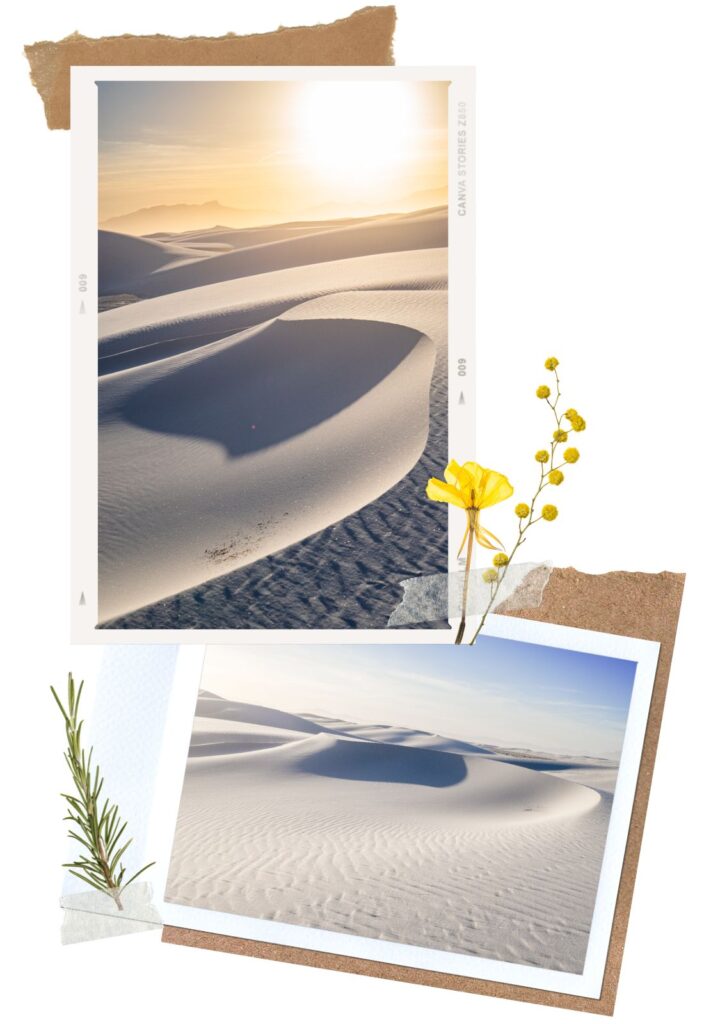

Drive the Dune Drive
The 8-mile one-way Dunes Drive was an interesting drive for us. It is the only way to access the park. The first 4 miles of the road are paved, while the rest of it is tightly packed with gypsum sand. It was pretty cool to drive through the second half of this road because it felt like we were driving through the snow. It was kind of trippy knowing that it was just sand. You are only allowed to park at the designated parking spots, so please don’t just pull over at any random spots along the road. This drive will take you to the different trailheads, sledding spots, and picnic areas.
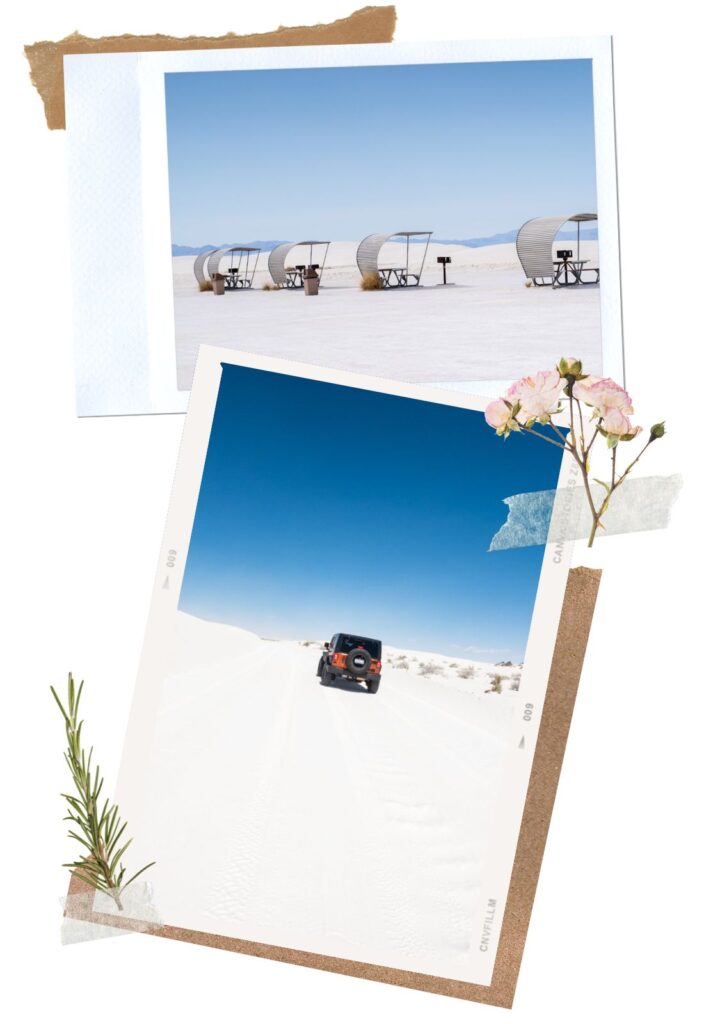

Ranger Programs
The park offers multiple ranger programs with the most popular one being the Sunset Stroll. The sunset strolls are offered on Friday, Saturday, and Sunday each day, weather permits. You don’t need to make a reservation. You just have to show up near the Sunset Stroll sign parking area at the scheduled time. We were sad they canceled this when we were visiting because of the high wind.

Happy Adventuring. Don’t forget to check out the related posts below for more inspiration on your upcoming adventures. While you’re at it, go follow us on Instagram and subscribe to our Youtube channel! We’ll love you forever!
These are the gear that we personally use and find them helpful for this particular adventure. Don’t forget to check out our Recommended Gear section as well.
adventure gear
This is our favourite hiking shoes. We use them for canyoneering as well. Lots of traction. Vy’s version.
Dustin’s version for La Sportiva shoes
There isn’t a lot of shade in the desert. Make sure to use lots of sunscreens! We use eco-friendly, reef-safe sunscreen, Stream2Sea SPF 30.
Face sunscreen is also important. We love these tinted, organic All Good Organic Sunscreen Butter.
You should bring plenty of water on your hikes. Vy loves the Camelback L.U.X.E.
For shorter hikes, the Patagonia Women’s Nine Trails Pack 18L is perfect to hold water and your essentials.
If you want something lighter, we love the packable Patagonia Women’s Houdini® Jacket and Patagonia Men’s Houdini® Jacket
